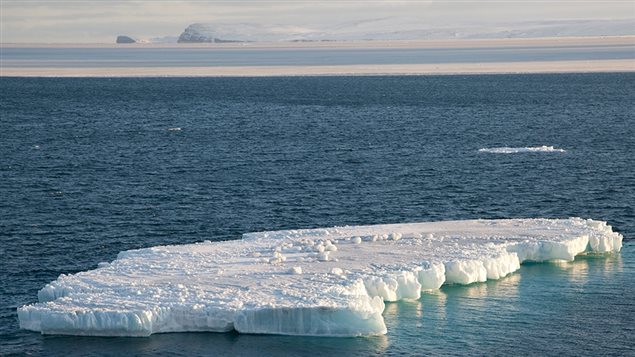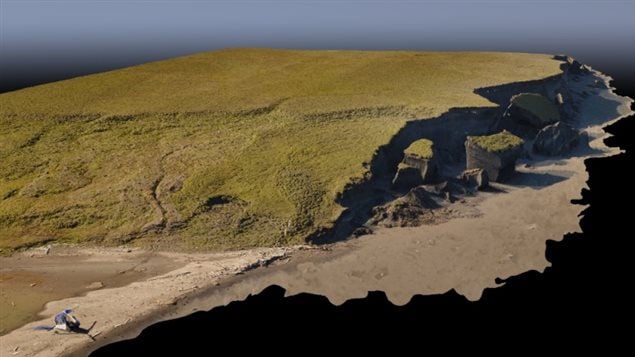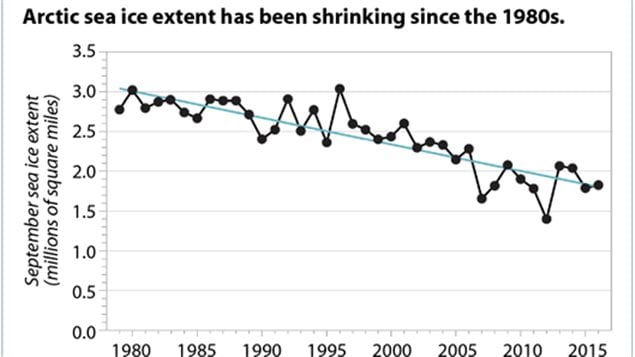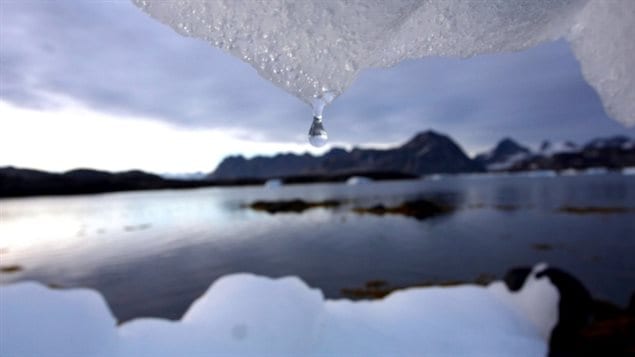Long-term ice-loss the “new normal”
The latest Arctic Report Card – an annual scientific assessment of Arctic conditions by the U.S based National Oceanic and Atmospheric Administration (NOAA) paints a worrisome picture of the far north.
The report begins with the ominous words, “Arctic shows no sign of returning to reliably frozen region of recent past decades”.

Extreme weather, climate refugees, higher food cost
Co-author of the report is Jeremy Mathis, director of NOAA’s Arctic Research Programme. Speaking at the annual meeting of the American Geophysical Union in San Francisco, where the report was released, he said, “These changes will impact all of our lives. They will mean living with more extreme weather events, paying higher food prices and dealing with the impacts of climate refugees”.
The report goes on to say that the new normal in the Arctic is reduced sea-ice extent and thickness, reduced extent and duration of snow cover, substantial loss of mass from the Greenland ice-sheet, and warmer ocean surface temperatures, and permafrost melt.

Greatest change in 1,500 years
The report said that the Arctic is experiencing the effects of global warming and climate change much more than any other region in the world. It says the rate of sea-ice loss, and increase in temperatures is the greatest it has been in over 1,500 years.
Mathis said the increasing melting of the Greenland ice-sheet could potentially result in devastating sea-level rise while warming of the Arctic can disrupt the jet-stream which in turn would affect weather patterns globally and contribute to extreme weather situations.

He says although more research is needed, it already appears that extreme weather events of longer droughts, unexpected cold snaps, and bigger storms in North America appear to be related to the situation in the Arctic.
The 2017 NOAA Arctic report card is now in its 12th year.
Human causes for warming-climate change
Also just released is the U.S government’s Global Change Research Program report of the Fourth National Climate Assessment (NCA4). That release is called the Climate Science Special Report ( CSSR)

That report says the sea-level has risen about 7-8 inches (17-20cm) since 1900 with almost half of that since 1993 and that the increase could be several feet or over a metre by 2100, and that a greater rise cannot be ruled out.
It also says global temperatures have risen 1.8 degrees F (1.0C) since 1900, and goes on to say “This assessment concludes, based on extensive evidence, that it is extremely likely that human activities, especially emissions of greenhouse gases, are the dominant cause of the observed warming since the mid-20th century
Additional information –







For reasons beyond our control, and for an undetermined period of time, our comment section is now closed. However, our social networks remain open to your contributions.